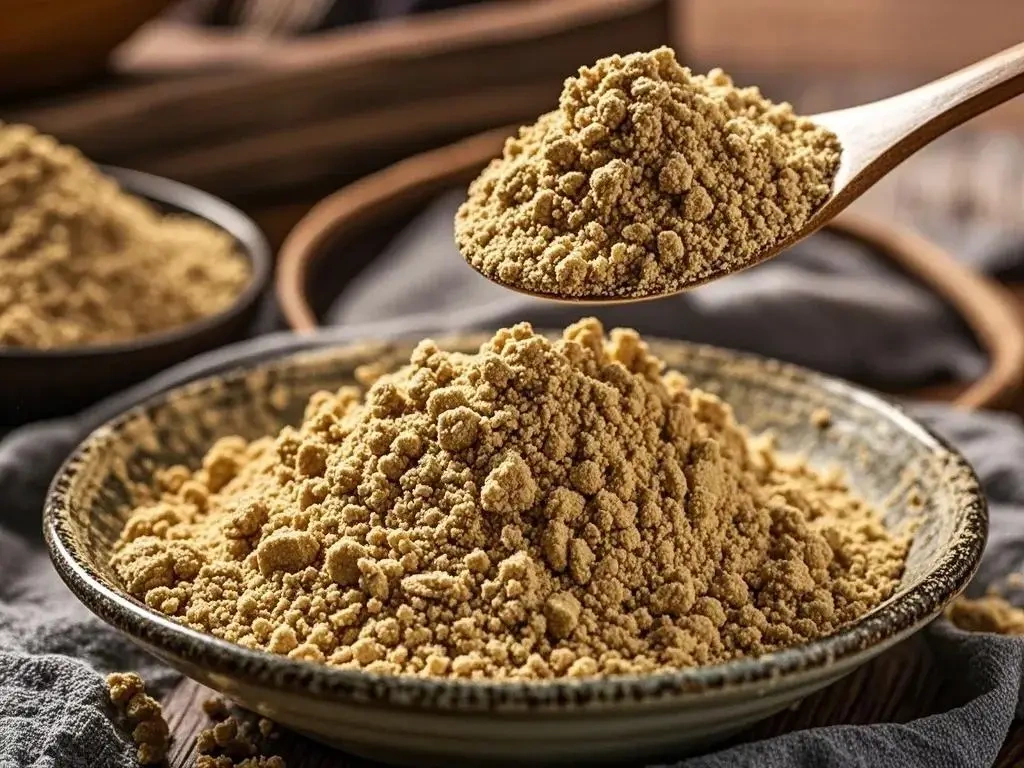A Culinary Journey into the Heart of Sichuan: Exploring the Traditional Tibetan Tsampa of Ganzi
Introduction:
As a food connoisseur, I am always on the lookout for unique and authentic culinary experiences that offer a glimpse into the rich cultural tapestry of a region. Today, I invite you on a journey to the Ganzi Tibetan Autonomous Prefecture in Sichuan Province, where the traditional Tibetan dish, Tsampa, stands as a testament to the region’s heritage and culinary prowess.
Origin and Cultural Background:
Tsampa, a staple in Tibetan cuisine, has been a part of the Tibetan diet for centuries. Its origins can be traced back to the nomadic lifestyle of the Tibetan people, who needed a food that was easy to prepare, nutritious, and could be carried on long journeys. The name “Tsampa” comes from the Tibetan word “tsam,” meaning roasted barley, which is the primary ingredient of this dish. It is deeply rooted in Tibetan culture and is often associated with religious ceremonies and daily meals.
Ingredients and Preparation:
At its core, Tsampa is a simple dish made from roasted barley flour, known as “tsampa” in Tibetan. The barley is first cleaned, then parched over an open flame to remove the moisture and enhance its flavor. Once cooled, the barley is ground into a fine flour. This flour is the base of our Tsampa, and to prepare it, we mix it with a small amount of water or butter tea to form a dough-like consistency. The dough is then shaped by hand into small pellets or balls, which are traditionally eaten with the fingers.
Taste and Texture:
The taste of Tsampa is somewhat nutty and earthy, with a subtle sweetness that comes from the barley. The texture is unique; it has a coarse, grainy feel that is both satisfying and comforting. When mixed with butter tea, it forms a paste that is easy to eat and provides a hearty, filling meal. The butter adds a richness that complements the nutty flavor of the barley, creating a harmonious balance of flavors.
Visual Description:
Visually, Tsampa pellets are small, round, and slightly irregular, much like the shape of a pebble. They are typically a light brown color, reminiscent of the roasted barley from which they are made. When served, they are often presented in a bowl or on a plate, with a small mound of the pellets accompanied by a cup of butter tea or yogurt for dipping.
Representative Dishes and Cuisines:
While Tsampa can be enjoyed on its own, it is also a versatile ingredient that can be incorporated into various dishes. It can be used as a base for soups, mixed with vegetables to create a hearty stew, or even used as a topping for Tibetan breads and pastries. One of the most iconic dishes that feature Tsampa is “Tsampa Thukpa,” a hearty noodle soup that combines the barley flour with noodles, vegetables, and a rich, flavorful broth.
Culinary Characteristics:
The culinary characteristics of Tsampa are its simplicity, versatility, and the cultural significance it carries. As a food, it is a testament to the resourcefulness and resilience of the Tibetan people. It is a dish that is not only nourishing but also deeply connected to the traditions and history of the region. In a world where fast food and convenience often take precedence, Tsampa stands as a reminder of the importance of preserving and celebrating traditional cuisine.
Conclusion:
In the heart of Sichuan’s Ganzi, Tsampa is more than just a meal; it is a culinary experience that connects us to the land, the people, and the rich cultural heritage of Tibet. As a food practitioner, I am humbled by the opportunity to share this traditional dish with others, and I encourage you to seek out this unique taste of Tibet, whether in Ganzi or in the comfort of your own home.
